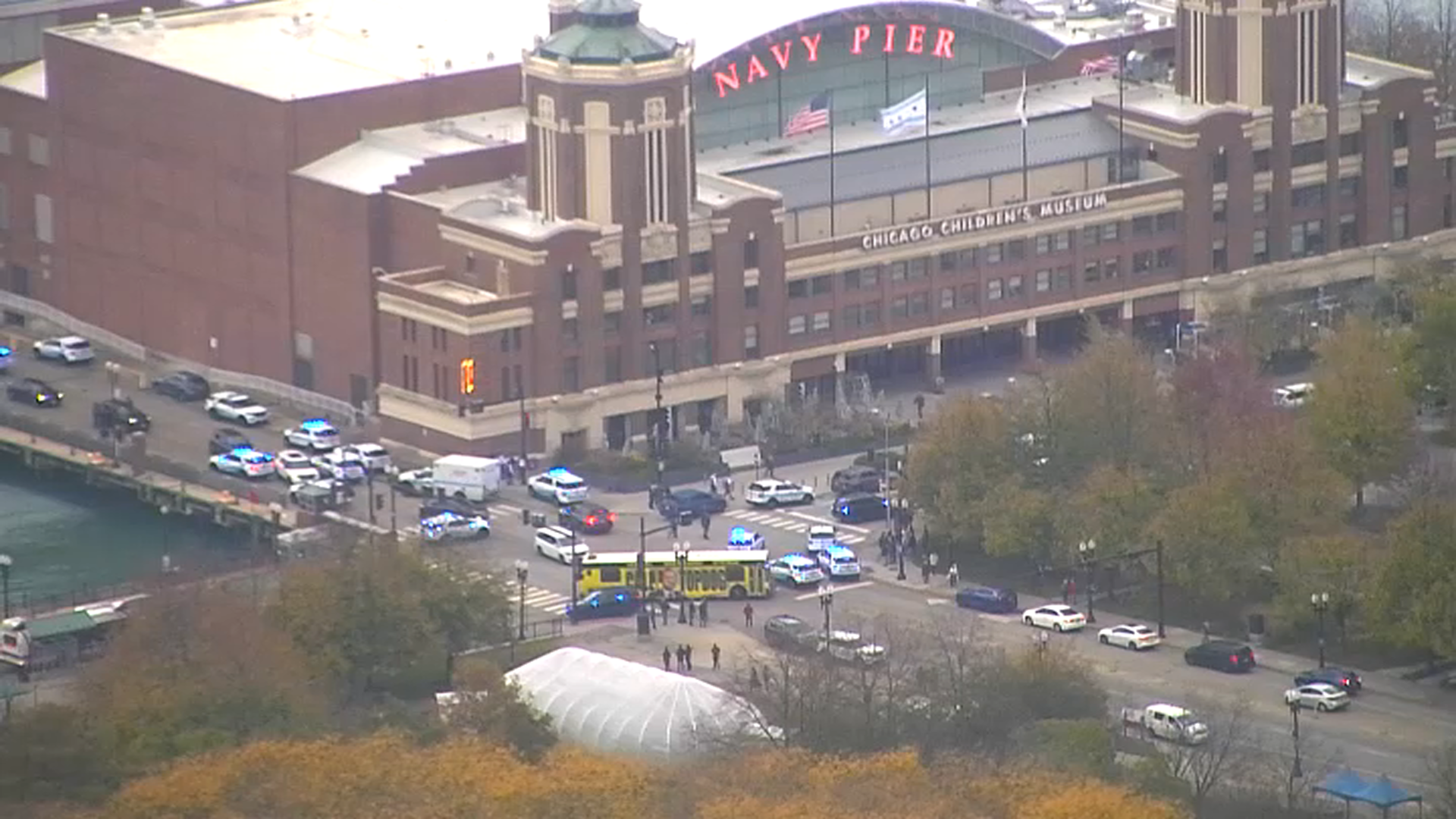While cicada sightings are certainly on the rise in the Chicago area, some residents in area suburbs have reported seeing none at all.
It's true that the emergence has been patchy in the region, with some suburbs seeing massive amounts and others seeing next to none.
So where have they been seen most? What about least?
A cicada map that tracks spottings across the U.S. shows some of the highest sightings have been reported in suburbs west of Chicago, particularly near the Downers Grove area. The Oak Park area has also seen a higher number of sightings as well as some southern suburbs around the Palos Park and Park Forest areas and northern suburbs like Lake Forest and Highland Park.

The map from Cicada Safari, an app created by Dr. Gene Kritsky at Mount St. Joseph University in Cincinnati to track cicadas, allows residents and experts to submit photos of cicada sightings in their area. Once those images are verified by experts, the sighting is marked on the map.
But while several suburbs are reporting an influx of cicadas, some part of the region have reported almost none, particularly in the northwest suburbs.
A large gap in the map shows no reports for areas like Elgin, Barrington, Huntley, Hoffman Estates and more. Some northern spots like Grayslake and Round Lake Beach have also not reported any sightings.
So why have some seen more than others?
Feeling out of the loop? We'll catch you up on the Chicago news you need to know. Sign up for the weekly Chicago Catch-Up newsletter.
Local
Experts have long said the emergence would be patchy.
"You must bear in mind, they only emerge from under trees," Kritsky told NBC Chicago in February. "And so if you're in a wooded area, and they've already been laying eggs there, it could be quite dense indeed. But in many cases, we're finding these cicada emergences to be relatively patchy. Clear cutting of forests for agriculture, clear cutting of forests for urban development - all that reduces cicada egg laying sites."
Chicago has also previously warned that the emergence would likely be most visible in neighborhoods with older homes.
"New construction and soil excavation destroys cicada larva, and several 17-year cycles are required for them become reestablished, therefore communities with older homes may have more cicadas because the soil with the insect larva has been largely undisturbed," an advisory from the Department of Streets and Sanitation Bureau of Forestry said in an alert in April.

Some may still be emerging in parts of the area as well. Cicadas typically emerge from the ground once soil temperatures 8 inches below the surface reach at least 64 degrees.
Beyond that, data for the map is limited to the submissions it receives. Kritsky said that, as of Monday, at least 40,000 submissions had been received for this year's emergence so far.
Cicadas have a lifespan of approximately four weeks, meaning the emergence is set to last through at least mid-June.
The historic 2024 emergence involves two broods of cicadas - Brood XIII and Brood XIX - emerging simultaneously. Those two broods of 13-year and 17-year cicadas haven't emerged together in more than 220 years.
"This is like the year for Illinois," cicada expert Catherine Dana, an affiliate with the Illinois Natural History Survey, told NBC Chicago. "We are going to have cicadas emerging all over the state."
While much of Illinois will see at least one brood emerging, a narrow part of Central Illinois could see both. But there's no way to know for sure just by looking at the cicadas, Kritsky said. The only way to know will be to check the area in 13 and 17 years to see if cicadas from each brood emerge.



